Discover essential strategies for handling an airport bomb threat, learn best practices for staying safe, understanding the role of authorities, and what to do if you encounter suspicious activity.
Even false bomb threats can result in grounded flights, evacuated terminals, and significant economic and operational impacts. Effective security and travel risk management are crucial in mitigating these risks. This blog post will explore essential safety tips for handling such threats, examine real examples, and discuss their impact on airport operations worldwide.
Around 6pm Paris-Orly Airport authorities received an anonymous call claiming bombs had been placed in the airport’s restrooms, affecting Terminals 2 and 3. Airport staff were quickly alerted and emergency evacuations were conducted in both terminals. This led to traffic disruptions near the airport and the nearby town of Thiais, with official advising travellers to take alternate routes.
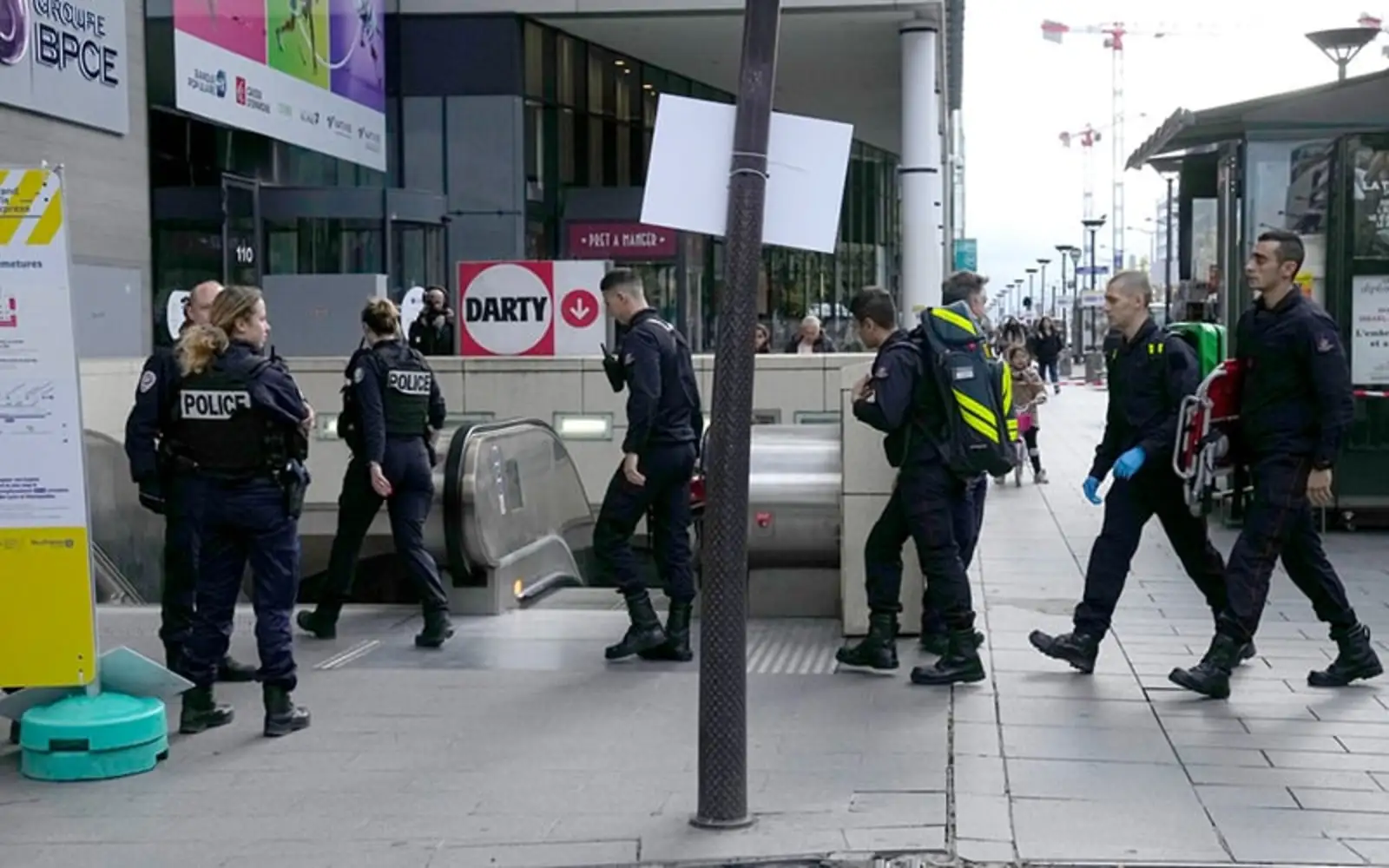

An A4-sized postal bag containing yellow Jiffy bags were found by a member of staff, and caught on fire when opened. Despite the device igniting, it was proved harmless and did not affect the flight schedule of the day.
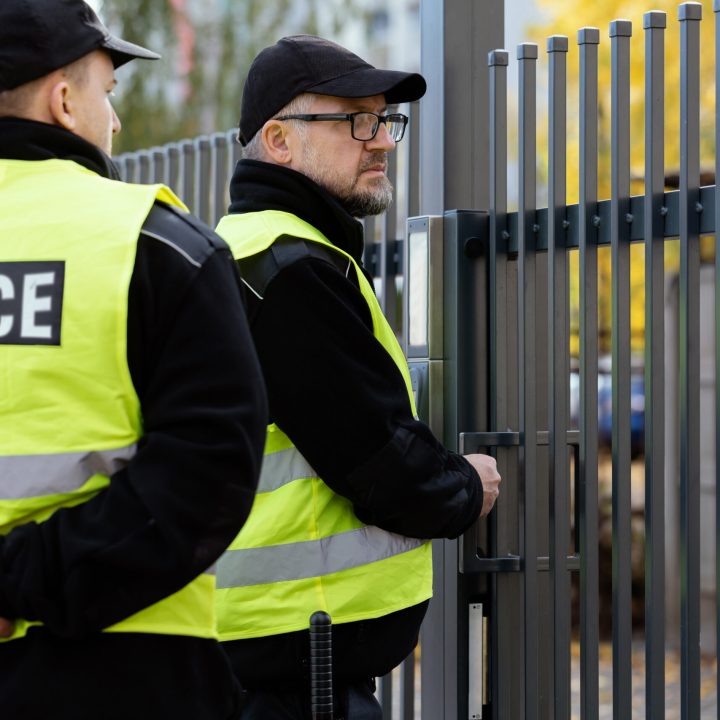
Now that you understand the implications of a bomb threat. Knowing the warning signs can make all the difference in preventing an airport bomb threat from escalating. Learn what to watch out for, with insights from recent airport security events.
The Heathrow incident on March 2019 is a reminder that a harmless device has the potential to cause disruption. However, by staying vigilant and following proper procedures, you can minimise the risk to yourself.
Here’s how you can handle a suspicious item based on this event.
If you receive or overhear a message that contains a bomb threat take it seriously and report it immediately to the authorities.
In several 2024 incidents, bomb threats were communicated virtually, such as the incident at Paris-Orly Airport on August 2024. Learn how to report and respond effectively when faced with threatening messages.
Be wary of individuals behaving unusually, such as trespassing into restricted areas, avoiding eye contact, or being uninterested in security arrangements. Suspicious behaviour often signals a potential threat, so it’s important to act promptly but cautiously.
The bomb threat at Billund Airport is a reminder of how critical it is to remain vigilant. In this case, detection of suspicious behaviour led to authorities detaining the perpetrator, avoiding further escalation.
Here’s what you should do if you notice someone behaving suspiciously.
When faced with the possibility of a bomb threat at an airport, staying calm and following safety protocols can make all the difference. Airports are high-traffic environments, and a swift, coordinated response is key to ensuring the safety of travellers and staff alike. For more detailed strategies, you can explore our article on Essential Travel Risk Management Strategies. Here are some best practices to follow during such a situation:
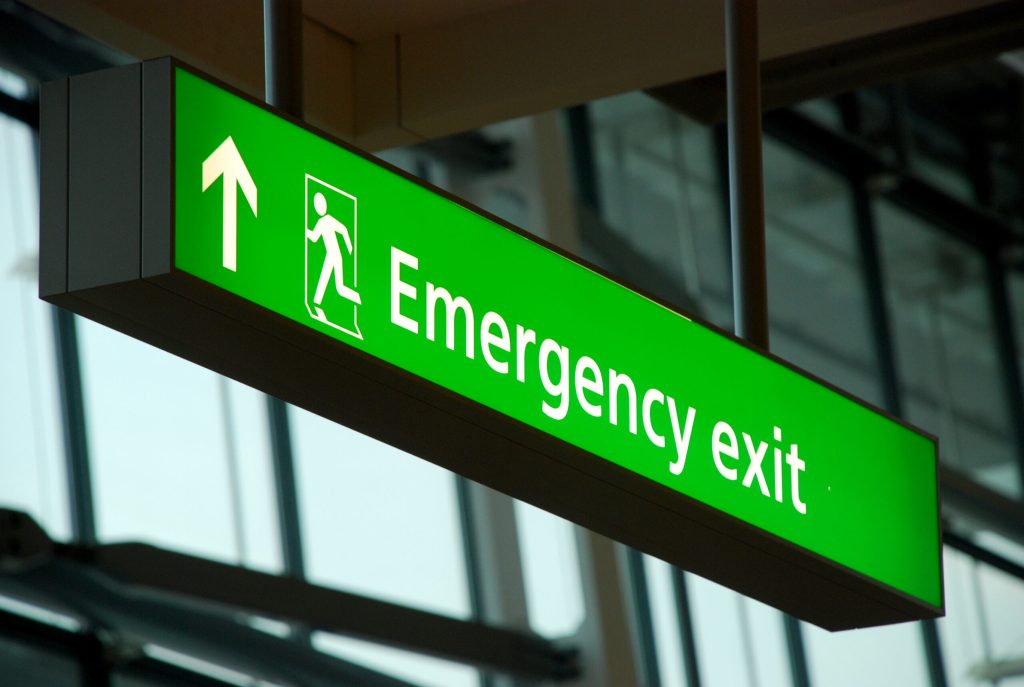
Prepare yourself before travelling by researching the evacuation procedures and paying close attention to airport announcements.

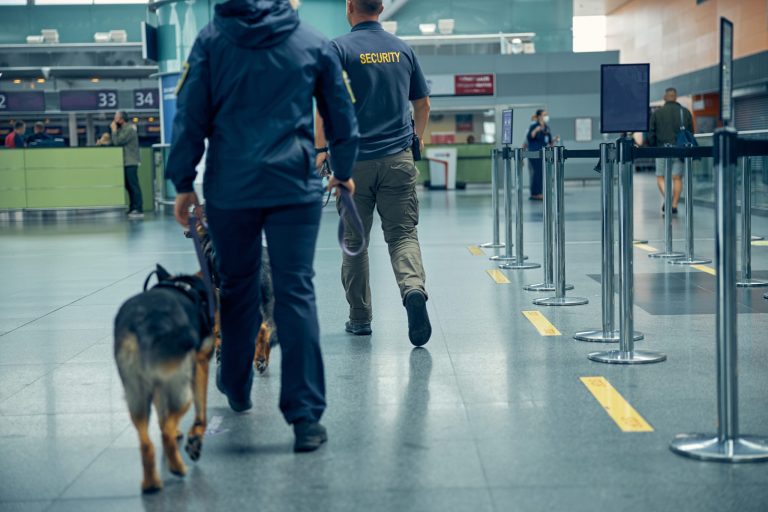
Bomb threats, especially in sensitive environments like airports, require a swift, organised, and multi-faceted response. Authorities play a crucial role in ensuring public safety and minimising disruption in such high-risk situations. Their actions span from the moment the threat is reported to the full restoration of normal operations. Here’s an overview of how authorities manage bomb threats:

When a bomb threat is reported, the first task of authorities; whether it’s airport security, local police, or specialised bomb squads is to assess the credibility of the threat. This step involves:

One of the key roles of authorities is to coordinate with various emergency services. In a bomb threat scenario, this involves a well-coordinated team that includes:

If the bomb threat requires an evacuation, authorities are responsible for initiating and overseeing this process. Their duties include:
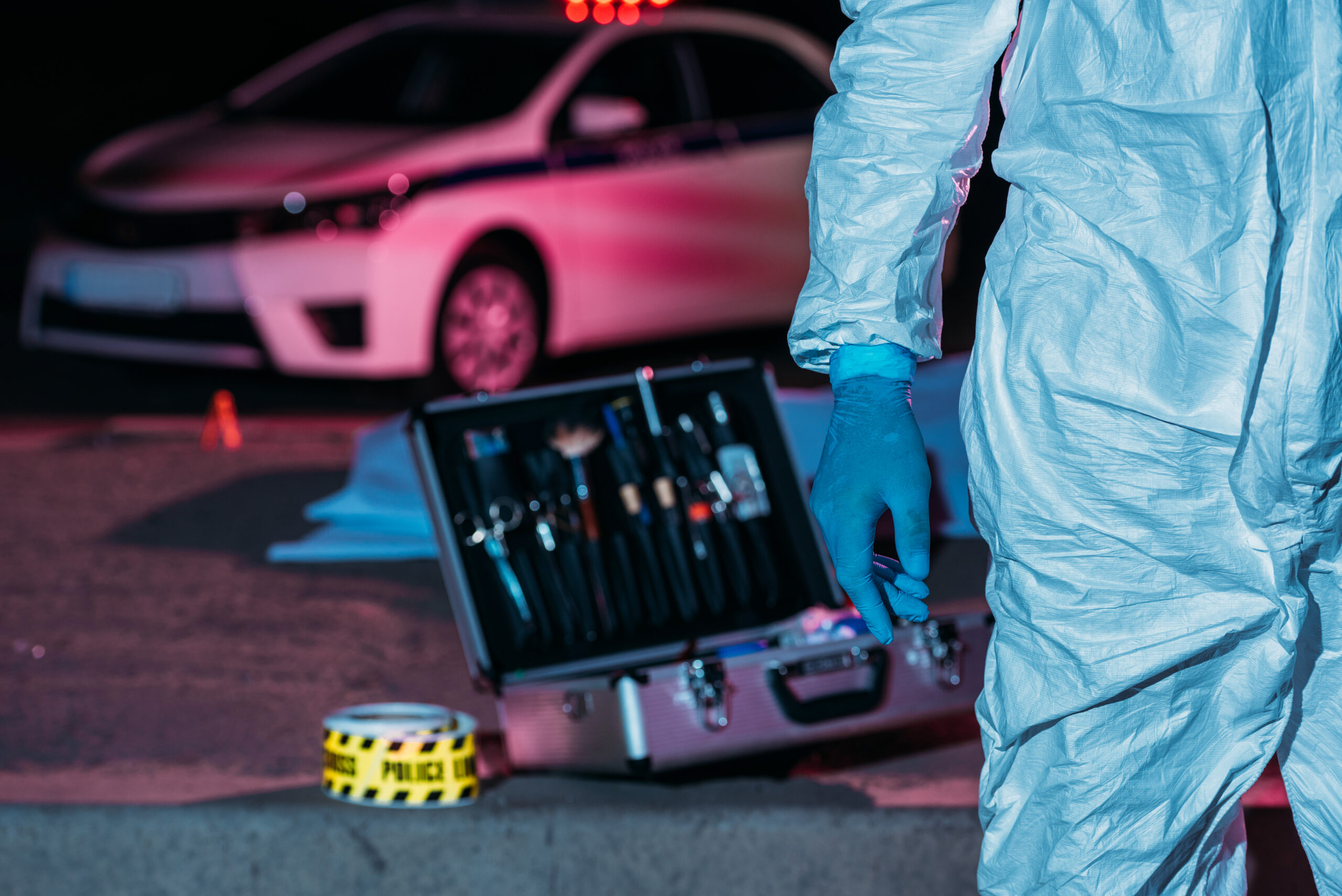
Once authorities locate a suspicious object, the next step is to assess and, if necessary, dispose of it. This responsibility falls on Explosive Ordnance Disposal (EOD) teams, which are specially trained to handle dangerous devices. Their process involves:
Ensure your organisation is prepared for any travel-related emergency. Our experts provide tailored risk assessments, emergency response planning, and real-time support to safeguard your travellers. Get in touch with us today to learn how we can help you manage travel risks effectively and protect your team from potential threats.